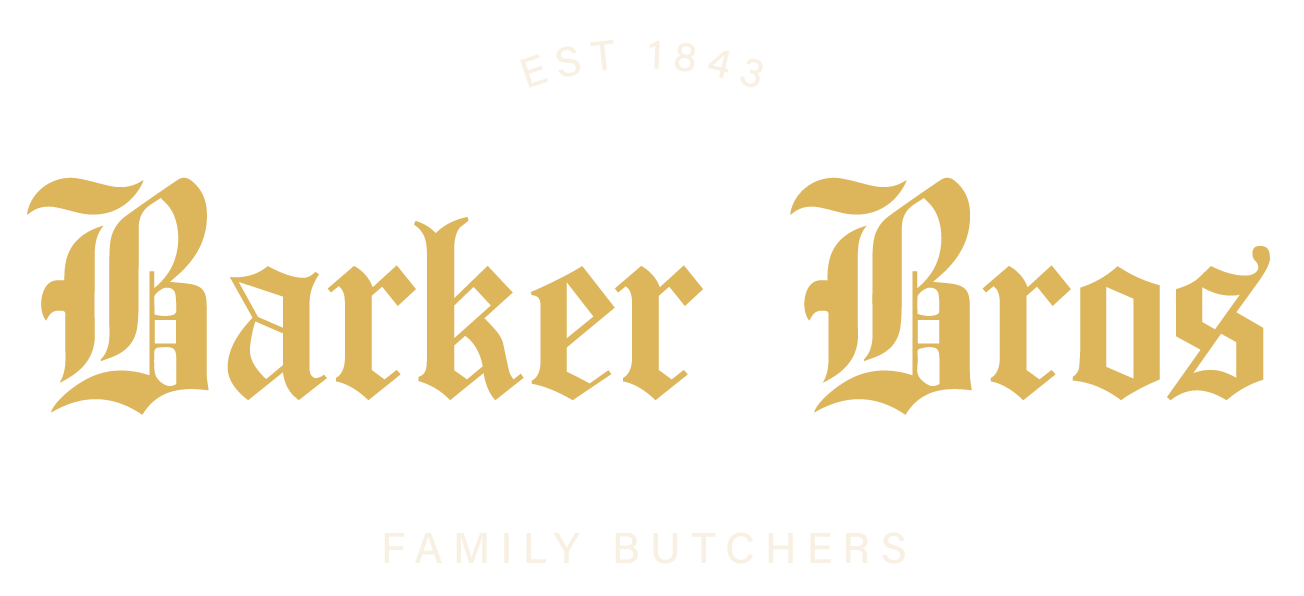Ask Stuart, what is T-bone steak?
T-bone steak is a popular cut of beef that is highly sought after for its tender texture and rich flavour. It is named after its distinctive T-shaped bone, which separates the steak into two different sections: the larger strip steak and the smaller, more tender filet mignon.
T-bone steaks are carved from the short loin section of a cow, located near the spine. They are best prepared to eat by grilling, broiling, or pan-searing.
T-bone steak, also known as a porterhouse or short loin steak depending on where in the world you are enjoying it, is a cut of beef that is highly regarded for its desirable characteristics.
The T-bone steak’s size varies depending on the thickness of the cut, but it generally consists of two distinct portions: the larger strip steak and the smaller, more tender filet mignon. These sections are separated by a T-shaped bone, hence the name “T-bone.”
One of the things that you will stand out about T-bone steaks, is their marbling, which refers to the distribution of fat throughout the meat. This enhances the flavor and tenderness of the steak, making it a sought-after feature by steak gastro lovers!
So you ask, what does T-bone steak taste like?
The taste of a T-bone steak is influenced by several factors, one of them being marbling. The fat enhances the overall flavour of the steak and the level of marbling varies from one cut to another, and higher levels of marbling are often associated with more flavour and makes the steak more succulent.
Think a cross in flavour between a strip steak and the filet mignon. The strip steak portion typically has a robust, beefy taste, while the filet mignon is milder and more delicate in flavor. This combination in a T-Bone provides a diverse taste profile that we, here at Barkers Butchers, guarantees won’t disappoint.
How to choose a quality T-bone steak
Selecting a quality T-bone steak involves paying attention to several factors, including the type of feed, marbling, colour, thickness, and the source of the meat. Our beef, here at Barkers Butchers is sourced locally in Cambridgeshire, from Harlton and food miles as well as welfare of the animals at source, means we bring you the best of the best locally.
Whenever you’re choosing a T-bone, we’d ask you to think about:
Grass-fed and grain-fed options refer to the diet of the cattle from which the meat is sourced. Grass-fed beef is often leaner and boasts a distinct, earthy flavour profile. Grain-fed beef, on the other hand, tends to have higher fat content and a more pronounced marbling, resulting in a richer taste and texture. Personal preference and dietary considerations will determine which option is best for you.
Marbling is a crucial factor when selecting a quality T-bone steak, as it impacts the flavour and tenderness of the meat. Look for a steak with a good distribution of fat throughout the muscle fibers, which indicates a juicy and flavourful cut.
Colour is another essential aspect to consider when choosing a T-bone steak. A quality steak should have a bright, cherry-red color, signifying that it is fresh and properly aged. Avoid steaks that appear dull or have a grayish hue, as they may be past their prime.
Thickness is important when selecting a T-bone steak, as it affects the cooking process and the final result. Ideally, a T-bone steak should be around 1.5 inches thick, ensuring even cooking and a tender, juicy finish. Thinner steaks may become overcooked more easily, while thicker steaks may require more attention during cooking to achieve the desired doneness.
Buying your T-Bone from Barker’s Butchers will provide properly aged, well-handled, and ethically raised meat, which translates to a superior taste and dining experience.



